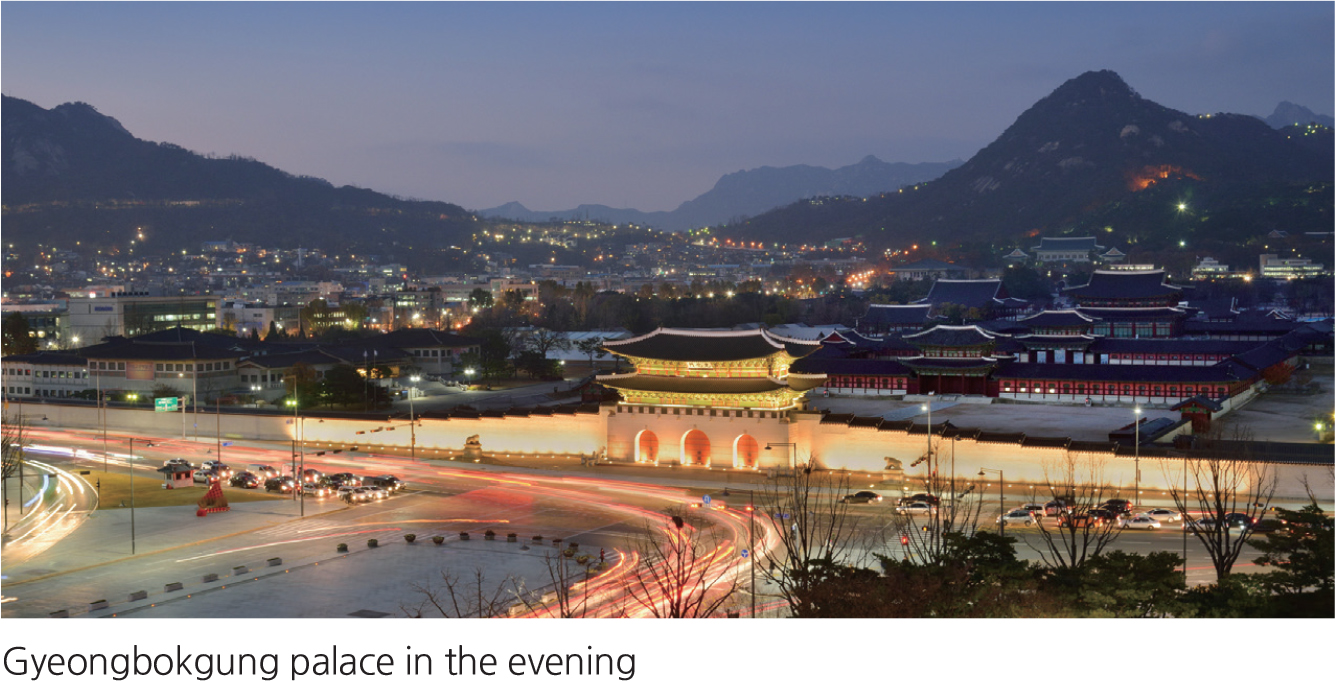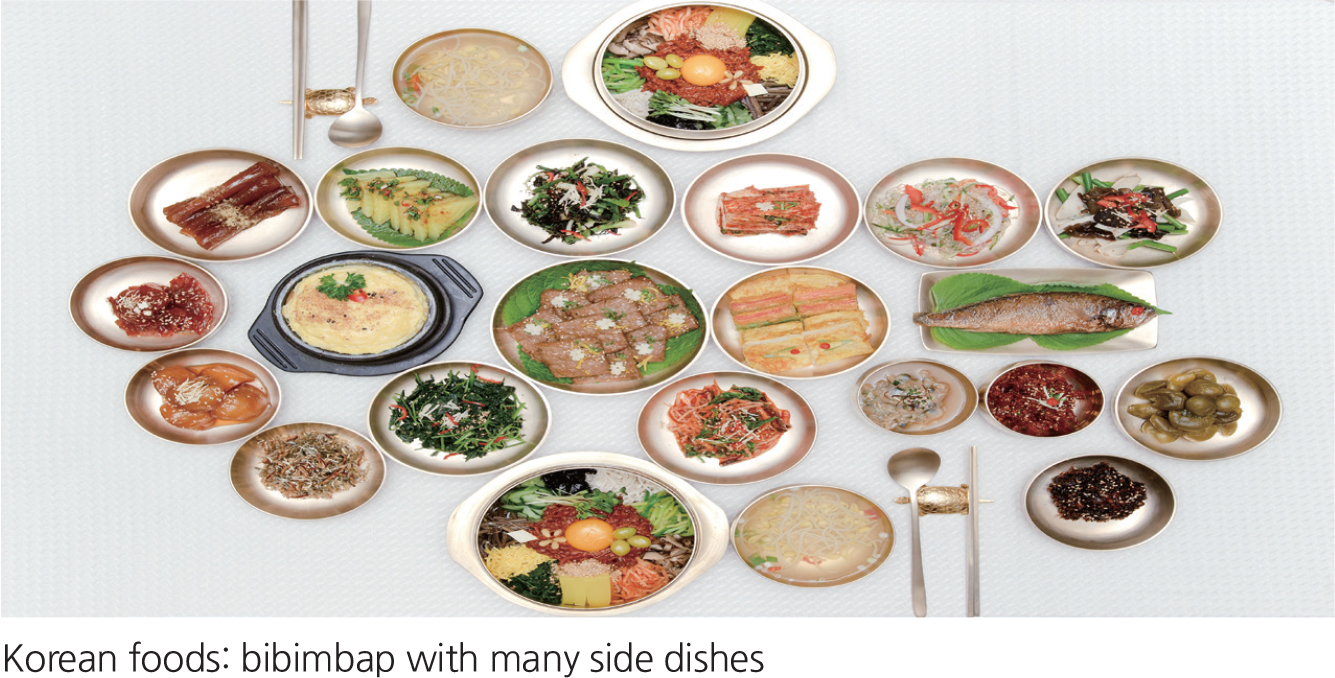What is culture? The particular habits of a group of people—their clothing styles, music, or architecture for example—help define their particular culture, their characteristics that set them apart from other groups. Culture can also include everyday things such as typical foods, language, sports, or school activities or even interpersonal interactions and manners. In the modern world, many cultures have become changed and have lost some of their distinctive characteristics to become more similar to urban cultures elsewhere. Korea has been able to retain many aspects of its ancient culture, blending the traditional with the modern in a distinctly Korean fashion.
Around the world, people recognize and appreciate Korean culture. Taekwondo, a Korean martial art, has international organizations and is practiced globally. Korean restaurants serve traditional Korean foods, such as kimchi and bibimbap, all over the world. With the spread of entertainment through the Internet, K-pop music and Korean dramas have enthusiastic fans on all continents. Korea’ manufacturing advances have given Korea a reputation for high tech competency. There is a growing interest worldwide in all things Korean, which has benefits both for Korea and for the rest of the world.
The unique physical environment of Korea has helped to shape a unique national culture that has flourished for centuries. The peninsular location kept Korea separated enough from the rest of Asia to develop its own culture, yet the surrounding seas fostered a rich exchange of cultural ideas with other countries in the region. The varied terrain and seasonally variable climate have influenced clothing styles, types of food, and architecture. The high population density, one of the highest in the world, has encouraged an emphasis on apartment-style, high density housing and a modern and efficient public transport system. A high population density has also been critical for supporting the growth in manufacturing and technological industries. Korea can serve as an example for smart growth for the rest of the world as it becomes more populated and urbanized.
In recent decades the separation of the country into North and South Korea has added a few differences to the cultures on either side of the DMZ. While South Korea has benefitted from a greater openness and interconnectedness with the rest of the world, North Korea has been more isolated. Even the language has begun to
diverge, with different words and dialects characteristic of each side. But the peoples of both countries retain many similarities and still consider each other as one culture.




